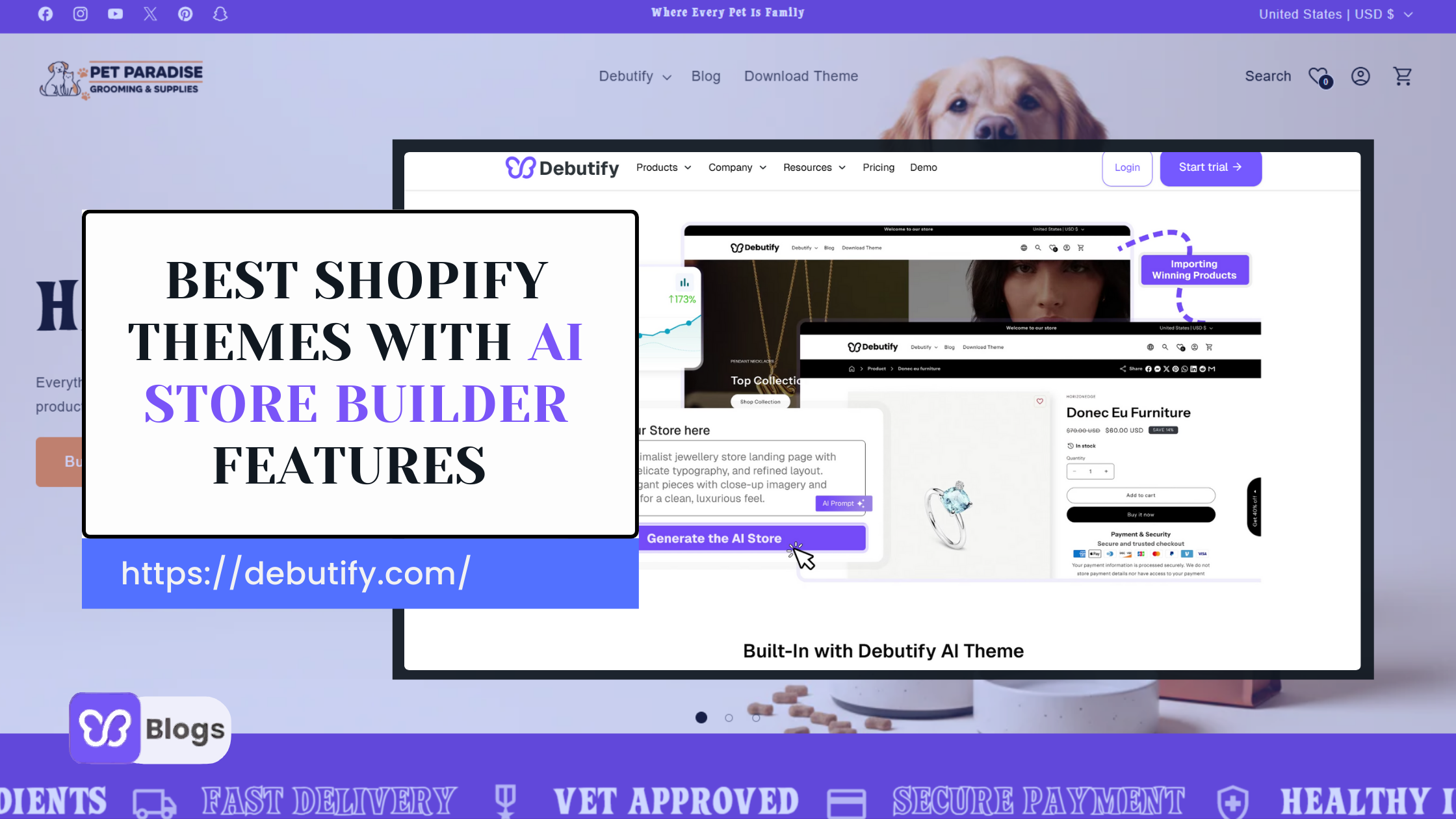As the digital landscape continues to evolve, staying ahead of emerging trends is essential for maintaining an effective ecommerce sitemap strategy. Explore the anticipated future trends related to emerging technologies and changes in search engine algorithms.
Emerging Technologies and Their Impact
1. Voice Search Optimization:
Trend: With the rise of voice-activated devices and virtual assistants, optimizing sitemaps for voice search is expected to become crucial.
Impact: Sitemaps may need to adapt to conversational queries, and structured data markup will play a vital role in providing context to voice-enabled search.
2. Augmented Reality (AR) Integration:
Trend: As AR technology gains prominence in ecommerce, sitemaps may need to incorporate spatial considerations for AR-enabled product visualization.
Impact: Sitemaps may evolve to include AR-specific elements, enhancing the user experience for shoppers who utilize augmented reality features.
3. Progressive Web Apps (PWAs):
Trend: The increasing adoption of PWAs could influence sitemap strategies to accommodate the unique features and navigation patterns of progressive web applications.
Impact: Sitemaps may need to consider the dynamic nature of PWAs, ensuring accurate representation and navigation of app-like experiences within the sitemap structure.
4. Artificial Intelligence (AI) Integration:
Trend: AI-driven personalization and recommendation engines may influence how news sitemaps will cater to individual user preferences.
Impact: Sitemaps might dynamically adapt based on AI insights, presenting users with personalized navigation paths and content recommendations.
5. Blockchain Implementation:
Trend: The adoption of blockchain technology in ecommerce could impact sitemap strategies by emphasizing the importance of secure and transparent data representation.
Impact: Sitemaps may evolve to include blockchain-based authentication and validation, ensuring the integrity of data representation in the sitemap.
Anticipated Changes in Search Engine Algorithms
1. Mobile-First Indexing Prioritization:
Trend: Search engines are likely to continue prioritizing mobile-first indexing, influencing how other sitemaps' are evaluated and ranked.
Impact: Sitemaps must remain optimized for mobile devices, with a focus on responsive design and mobile-friendly navigation to maintain high search engine rankings.
2. Core Web Vitals Integration:
Trend: Search engines are placing increased emphasis on user experience metrics, such as Core Web Vitals.
Impact: Sitemaps may need to consider load times, page speed, and overall improved user experience as metrics to align with search engine algorithms that prioritize these factors.
3. Structured Data Markup Emphasis:
Trend: The importance of structured data markup in search engine result displays is expected to grow.
Impact: Sitemaps will likely incorporate more structured data elements to provide richer information to search engines, influencing how content is presented in search results.
4. AI and Machine Learning in Search:
Trend: Search engines may increasingly rely on AI and machine learning algorithms for understanding user intent and delivering relevant results.
Impact: Sitemaps may need to adapt to changes in how search engines interpret user queries, ensuring that content representation aligns with evolving algorithms.
5. User Experience Signals as Ranking Factors:
Trend: Search engines are expected to continue incorporating user experience signals as significant ranking factors.
Impact: Sitemaps will likely need to consider user engagement metrics, such as click-through rates and bounce rates, to align with search engine algorithms that prioritize positive user experiences.
By staying attuned to these emerging trends in both technology and search engine algorithms, ecommerce sitemap strategies can proactively adapt to the evolving digital landscape. Flexibility, responsiveness, and a focus on user experience will remain key principles as sitemap strategies continue to evolve in the future.







